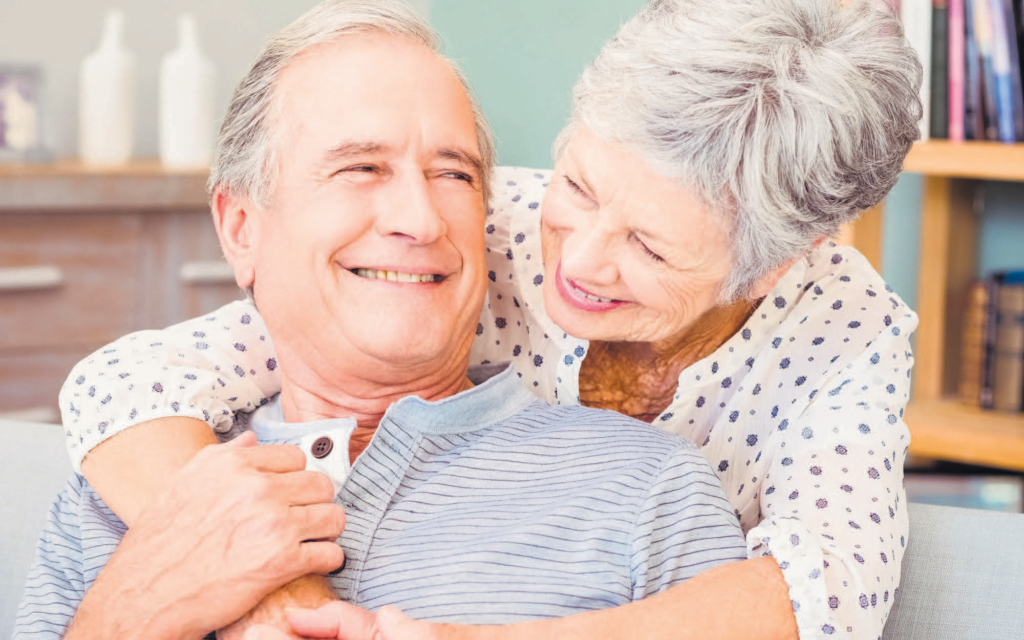Simple changes for a senior-friendly home
Sure, age is just a number. However, it is a number that you need to take seriously when you’re living with senior members of your family, or if you’re approaching your golden years and living independently. It is essential to take the appropriate steps to make sure that the home is a safe and comfortable environment and to make suitable alterations and adjustments to ensure it is senior-friendly. Here are some pointers to bear in mind when updating your home to be senior-friendly:
Friendly floors:
Slippery surfaces are not the only danger underfoot, although they are the most obvious. All floors should be made slip-resistant, including living areas, by adding nonskid mats under area rugs (or getting rid of the area rugs completely). Trips are as dangerous as slips, so eliminate trip points like thresholds wherever possible, or reduce their height. Since falls are the leading cause of home injury among seniors, always remember to pick up any possible clutter that can cause trips, like newspapers, books, shoes, clothes, electrical or phone cords.
Safe stairs:
For older people living in multistorey homes, stairs can be especially dangerous. Handrails are a must, on both sides of the staircase if possible. Lighting is also critical – make sure the entire stairway is well lit from top to bottom. Clearly defined steps that show where the edge of the tread is can help prevent falls as well.
A well-lighted place:
The staircase isn’t the only part of a home that needs good lighting. A dark room is an invitation to a bump or a fall, so make sure there is adequate lighting in every room, hallway, and doorway. Entryways are especially dangerous if not well lit. Add lamps or light fixtures where needed, and install brighter full-spectrum bulbs in existing fixtures to improve visibility. Purchase some inexpensive plug-in night lights for the bedroom, bathroom and hallways, and consider installing motion sensor lights outside the front and back doors and in the driveway.
Landing places:
Fumbling with keys, packages, the mail – all these can distract and unbalance someone entering or exiting a home. In addition to providing lighting at entryways be sure to have a table, bench, or other surface nearby for putting things down. For help with weak or arthritic hands, replace round doorknobs with lever handles, or
install doorknob lever adapters.
Better bathrooms:
Most people think of shower grab bars as the way to make bathing safer. There are also other ways to help ensure safety in the bathroom. Think about adding grab bars by the toilet, too, or other places in the room where someone may need a helping hand. A step-in shower is safer than a tub, but if that’s not possible, add grab bars that can help someone getting in and out. A single-handled tap control reduces the chances of scalding at the sink, and a pressure-balanced control does the same in the shower. A hand-held showerhead is often easier to use for someone with limited mobility than a fixed showerhead. Place some non-skid bath mats for the floors, and put a non-slip rubber mat or self-stick strips on the floor of the bath or shower.
Get The AJN Newsletter by email and never miss our top stories Free Sign Up


comments